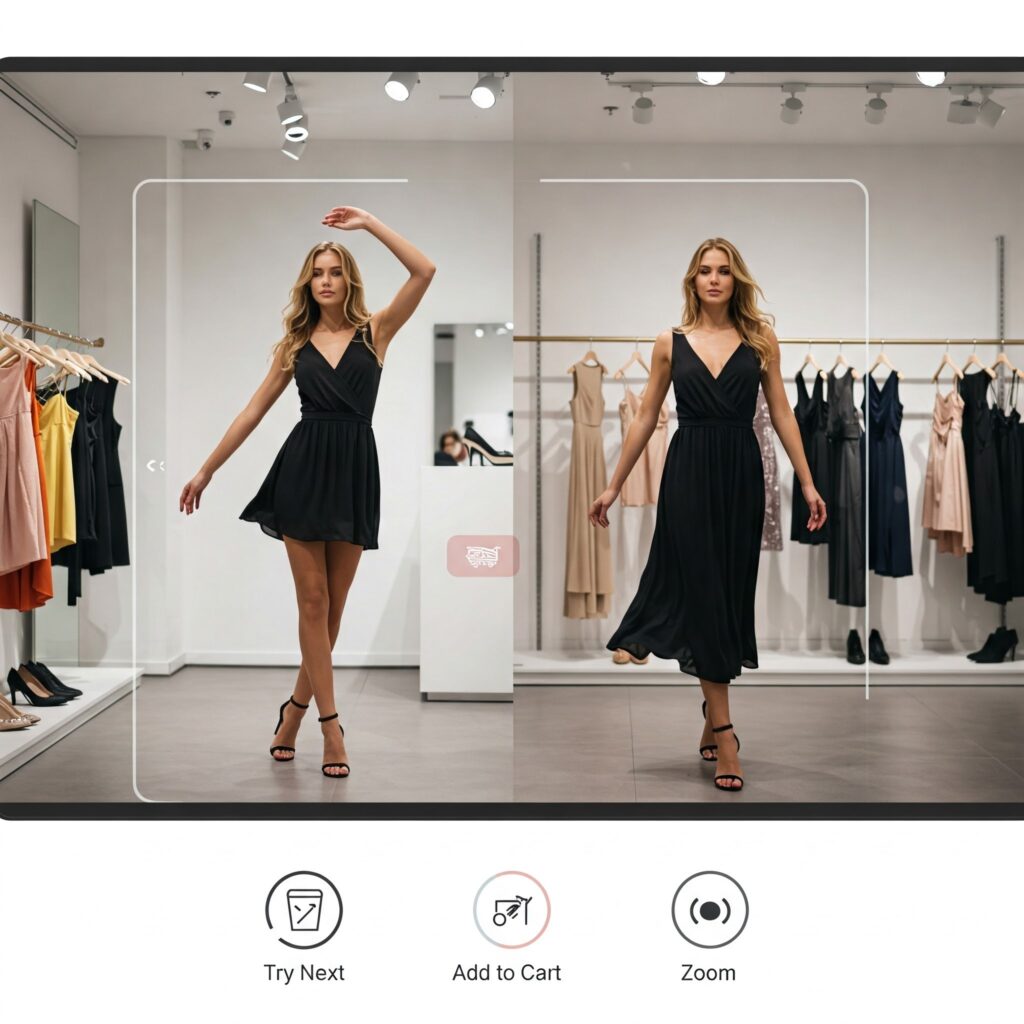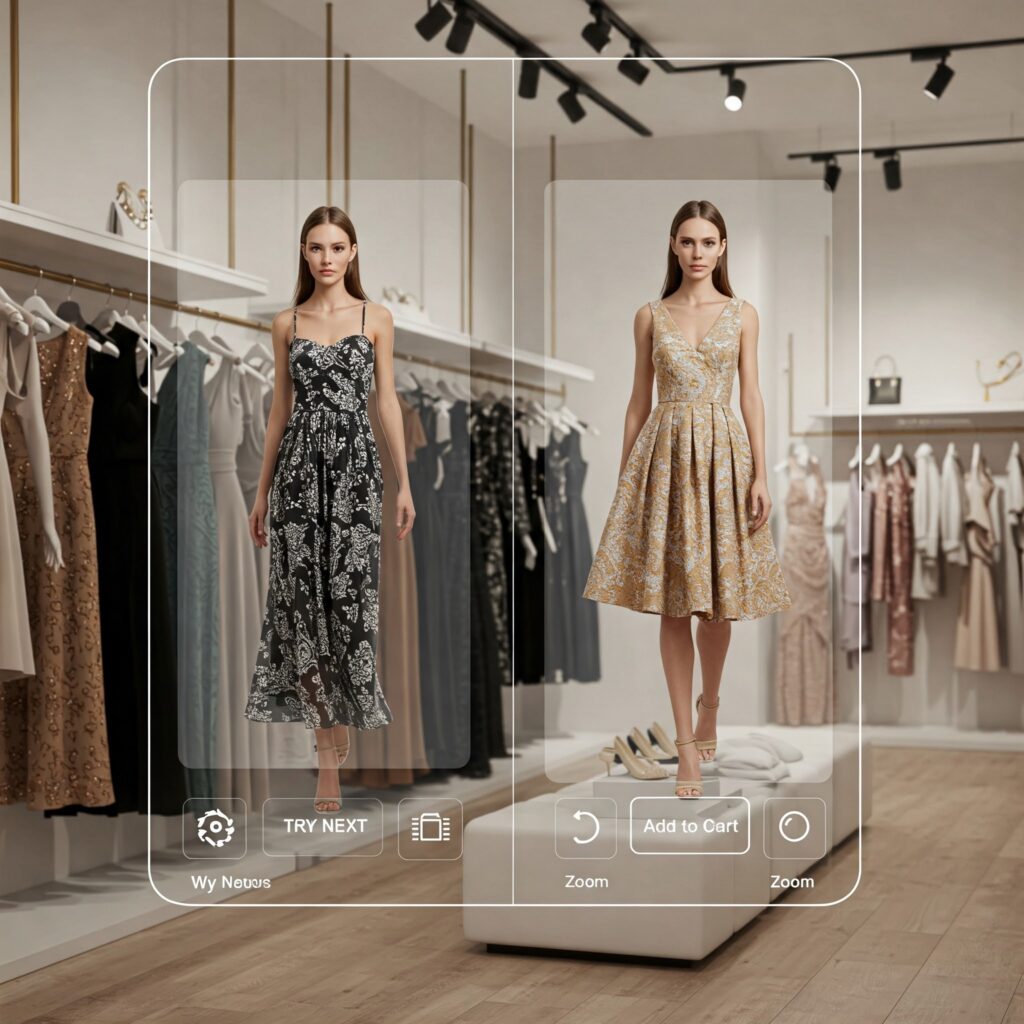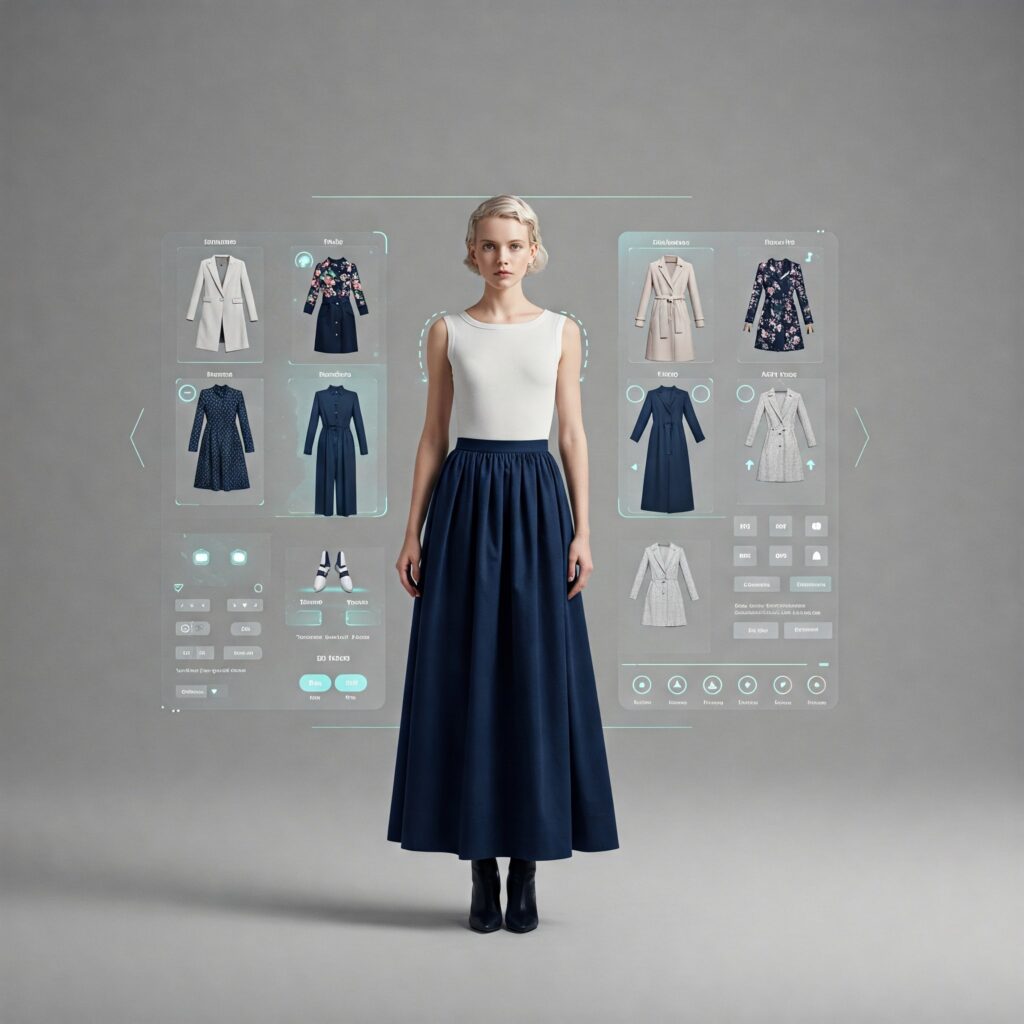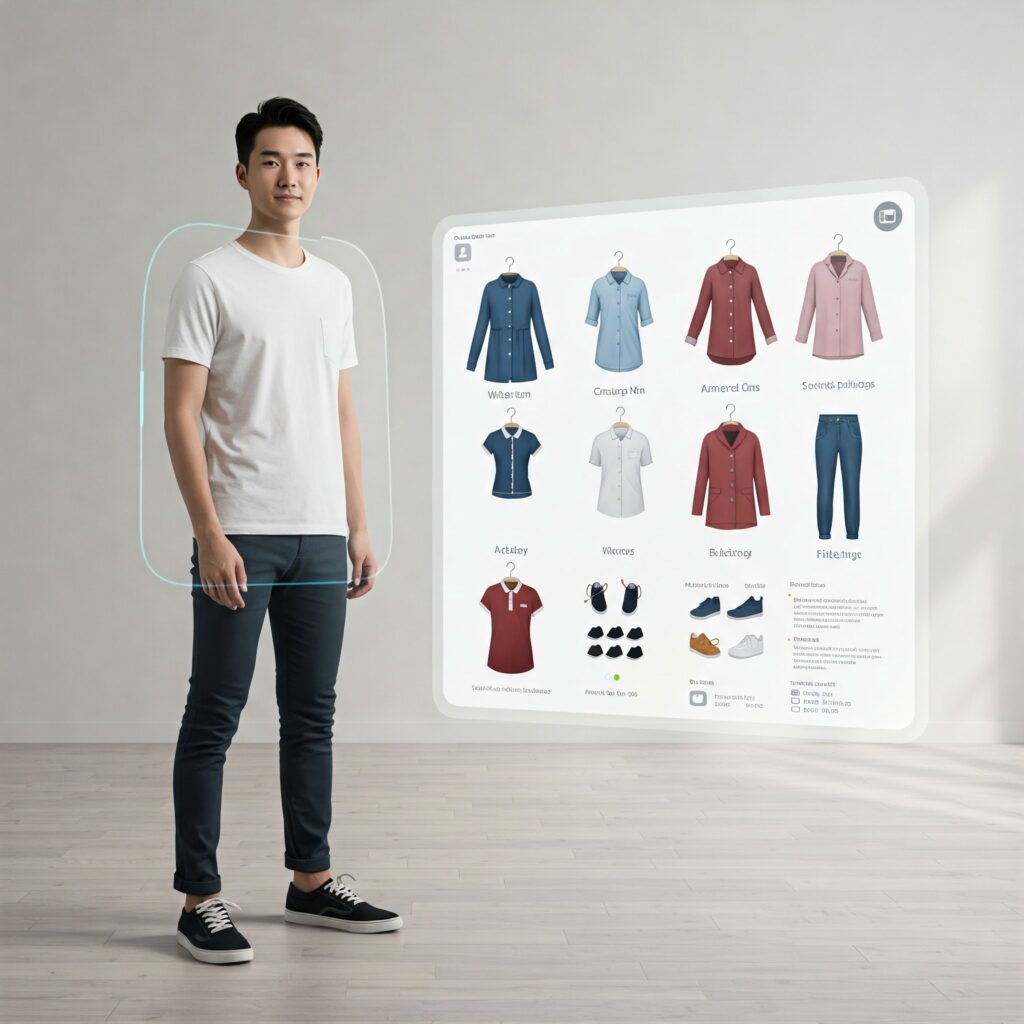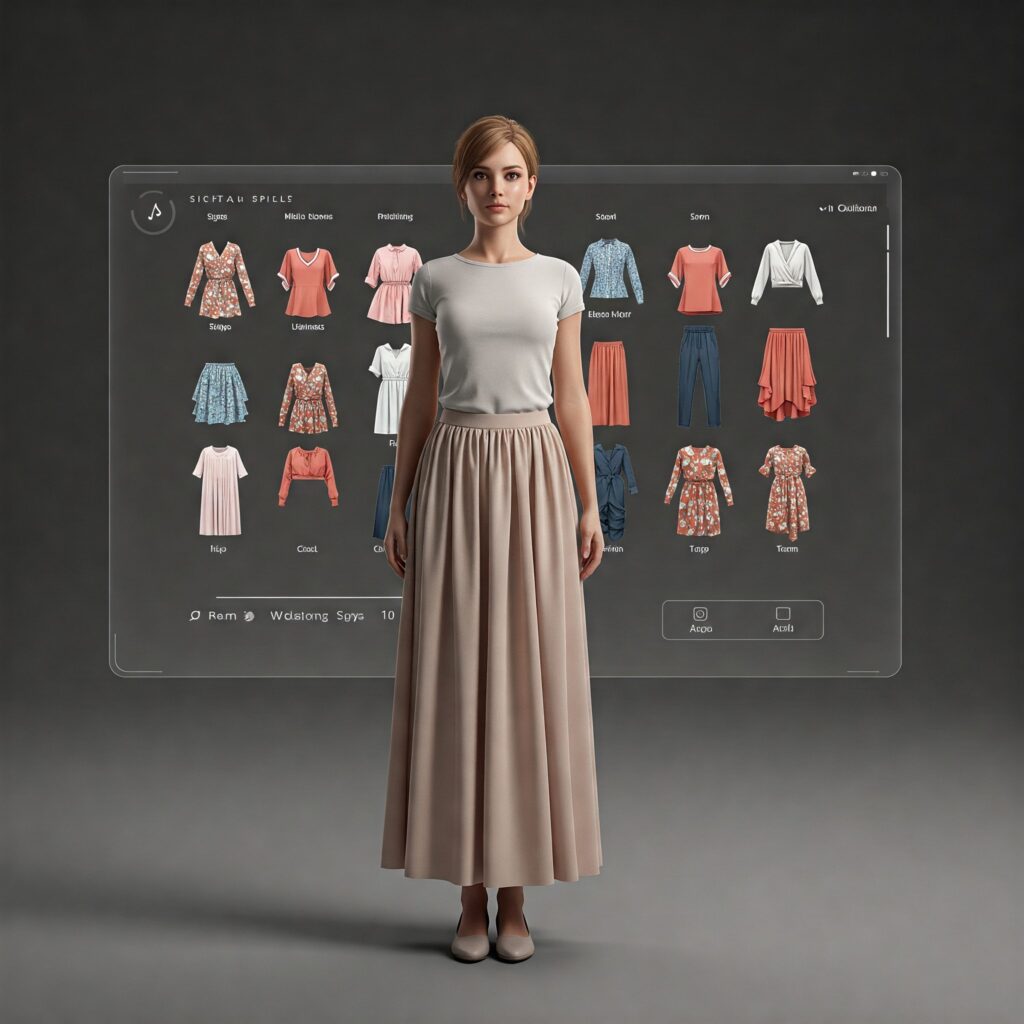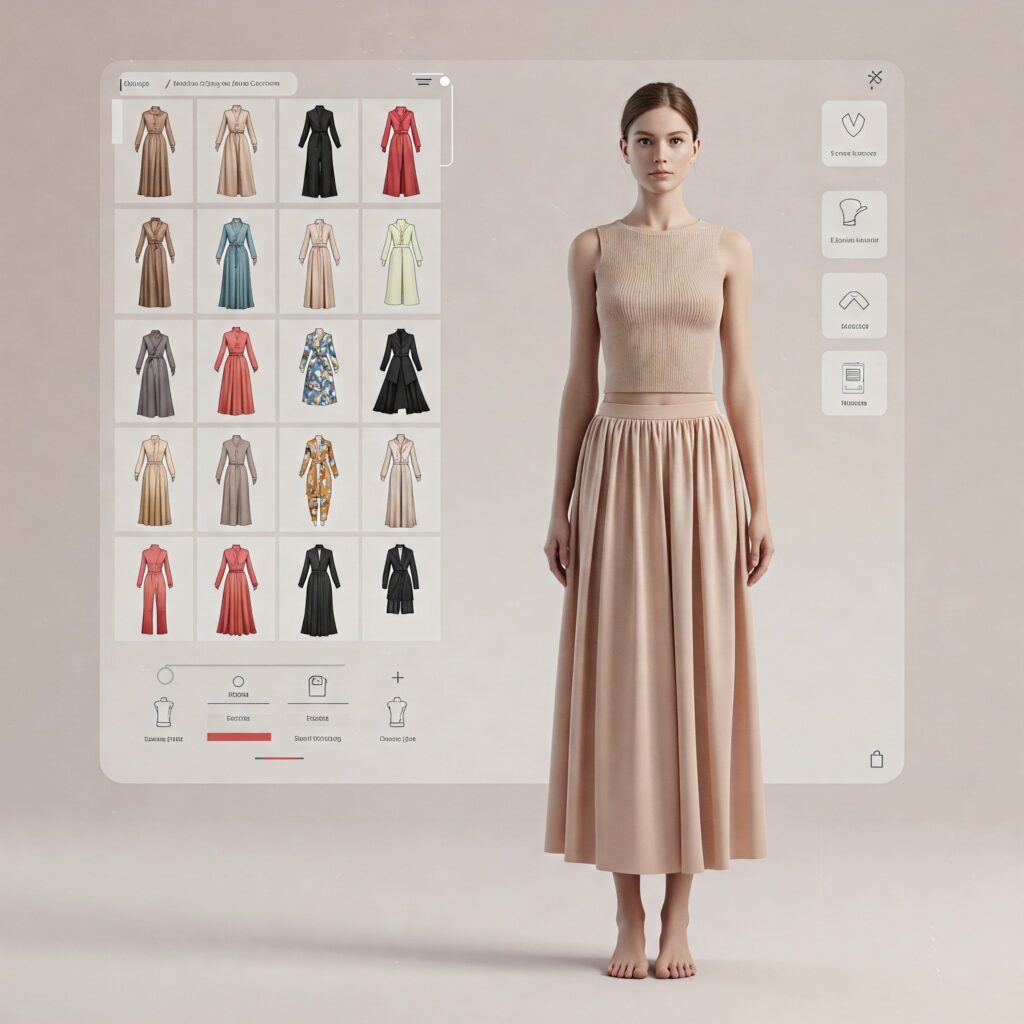3D Garment Design is a revolutionary approach in the fashion industry that uses computer-aided design (CAD) software to create digital prototypes of clothing and garments. Unlike traditional garment design, where patterns are made and tested physically, 3D garment design enables designers to visualize, simulate, and modify garments in a virtual environment before they are produced.
Here’s a breakdown of the key aspects and benefits of 3D garment design:
1. Virtual Prototyping
Designers can create a digital prototype of their garment, visualizing how fabrics and designs will look without needing to create physical samples. This saves time, reduces material costs, and accelerates the overall design process.
2. Fabric Simulation
3D garment design software simulates how different fabrics and textiles behave in the real world, such as how they stretch, wrinkle, or fall. This allows designers to experiment with various textures and materials without having to physically handle them.
3. Accurate Fit and Sizing
By using 3D avatars and simulation tools, designers can assess the fit of the garment on different body types, helping to identify sizing issues early in the design process. This reduces the chances of errors that may arise in the traditional fitting stage.
4. Real-Time Modifications
Designers can make adjustments to designs instantly, tweaking the garment’s shape, color, and fit, allowing them to experiment with different ideas without having to create multiple samples. This real-time flexibility speeds up the entire design process.
5. Sustainability
3D garment design significantly reduces waste because it minimizes the need for physical prototypes. By working digitally, designers can test and iterate designs without generating extra fabric or resources, contributing to more sustainable practices in the fashion industry.
6. Collaboration & Communication
Since 3D designs are digital, they are easily shareable among designers, manufacturers, and stakeholders. This fosters better communication and collaboration, as team members can review and provide feedback on the design in real time, even remotely.
7. Virtual Fashion Shows
Many fashion brands now use 3D garment design for virtual fashion shows, where models can “wear” digital garments in a virtual environment, making fashion shows more accessible to a global audience and reducing production costs.
8. Customer Experience & Customization
3D garment design also enhances the customer experience, as it allows customers to visualize how clothing will look on their body shapes. Some platforms even offer customization tools, letting customers design garments and see them in 3D before purchasing.
Popular 3D Garment Design Tools:
CLO 3D: One of the most popular software used for garment design, CLO 3D allows designers to create highly realistic simulations of clothing, including fabric texture and behavior.
TUKAcad: A CAD software focused on pattern making and garment production, TUKAcad enables designers to create and test patterns virtually.
Optitex: A 3D garment design tool used for pattern creation, virtual fitting, and production planning.
Browzwear: Offers 3D garment visualization for both designers and manufacturers to speed up the process from design to production.
Benefits of 3D Garment Design:
Faster Time-to-Market: Streamlines the design process, helping products hit the market faster.
Cost Savings: Reduces the need for physical prototypes, saving time, materials, and labor costs.
Improved Customer Satisfaction: Allows for more accurate fits, fewer returns, and greater customer confidence in product sizing.
Sustainability: Less waste is generated by eliminating the need for fabric samples and physical fittings.
Overall, 3D garment design is shaping the future of fashion, providing designers with powerful tools to innovate, enhance customer experience, and reduce the environmental impact of the industry.
